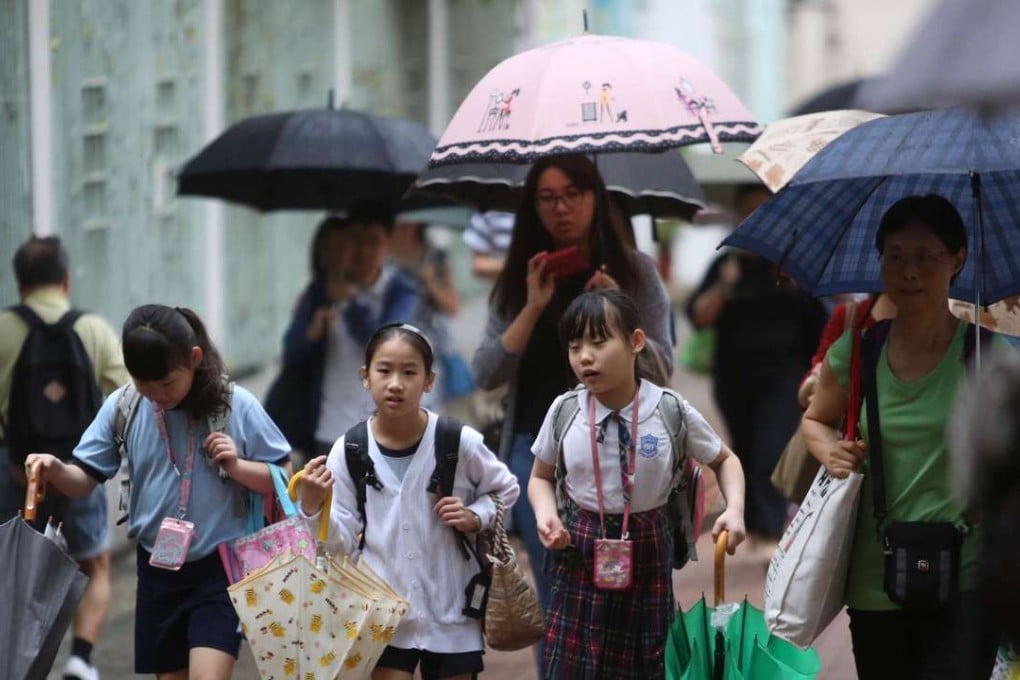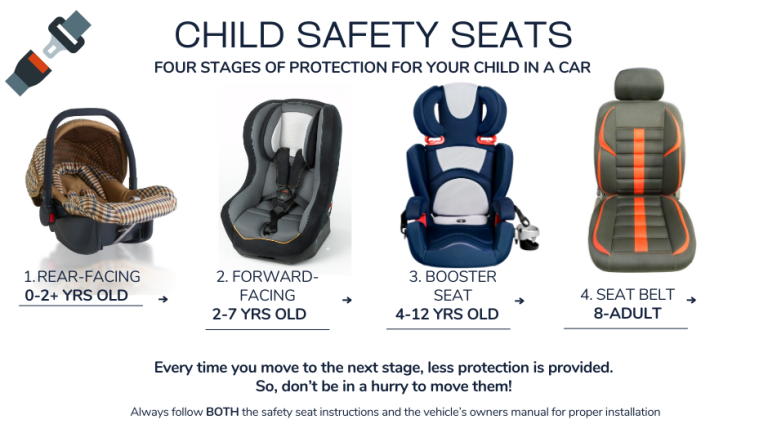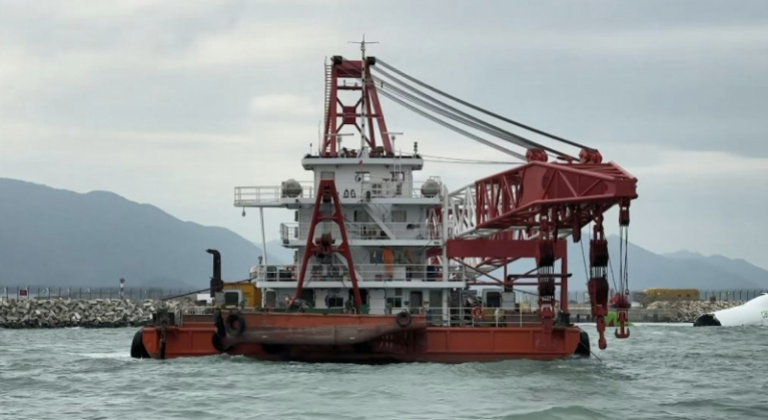Navigating school closures during extreme weather can be challenging for parents and students in Hong Kong. The city’s comprehensive weather warning system provides clear guidelines to ensure student safety during tropical cyclones and heavy rainstorms.

The Hong Kong Observatory plays a crucial role in communicating potential weather risks through a detailed warning signal system. For tropical cyclones, the signals range from Level 1 (a cyclone within 800 kilometers) to Levels 8, 9, and 10, which indicate increasingly severe wind conditions. When Signal No. 8 or above is issued before 6:15 a.m., all schools automatically close for the day, giving parents and students clear guidance about attendance.
Rainstorm warnings follow a similar structured approach. Yellow warnings indicate rainfall exceeding 30 mm per hour, typically allowing schools to remain open. Red warnings signal rainfall over 50 mm per hour, often leading to potential school closures. Black rainstorm warnings, representing rainfall beyond 70 mm per hour, almost always result in full-day school suspensions.
The Education Bureau’s guidelines provide specific protocols for different scenarios. For instance, if a tropical cyclone warning is issued after school hours have begun, schools continue operating, and students are dismissed when it’s deemed safe. Under Signal No. 3, only kindergartens and schools for children with physical or intellectual disabilities typically close, while other schools maintain normal operations.
Parents have multiple reliable channels to stay informed about potential school closures. The Education Bureau’s website, the Hong Kong Observatory’s platform, local radio and television broadcasts, and direct school notifications offer real-time updates. The critical window for checking updates is typically between 6:00 and 6:15 a.m., when official decisions about school suspensions are made.
During weather-related school closures, parents are advised to take specific precautions. Keeping children at home, avoiding outdoor activities during severe warnings, and arranging alternative childcare are essential steps. Schools understand these challenges and typically do not penalize students for weather-related absences, often providing makeup classes or alternative examination arrangements.
The complexity of these guidelines underscores Hong Kong’s commitment to student safety. By establishing clear, predictable protocols, the city ensures that families can make informed decisions during potentially dangerous weather conditions. The system balances caution with practicality, allowing schools to remain operational when risks are minimal while providing clear guidance during more severe situations.
While weather warnings can be stressful, understanding the system helps parents and students feel more prepared. Checking official sources, staying calm, and having a backup plan can make navigating these situations much smoother.
For families seeking additional peace of mind, health insurance products like those offered by Navigator Insurance Brokers can provide an extra layer of financial protection. These plans offer medical coverage that can be particularly valuable during unpredictable weather events or emergency situations.
Ultimately, Hong Kong’s approach to school suspensions demonstrates a proactive and systematic method of protecting students while keeping parents well-informed. By leveraging technology, clear communication, and comprehensive guidelines, the city ensures that safety remains the top priority during challenging weather conditions.












